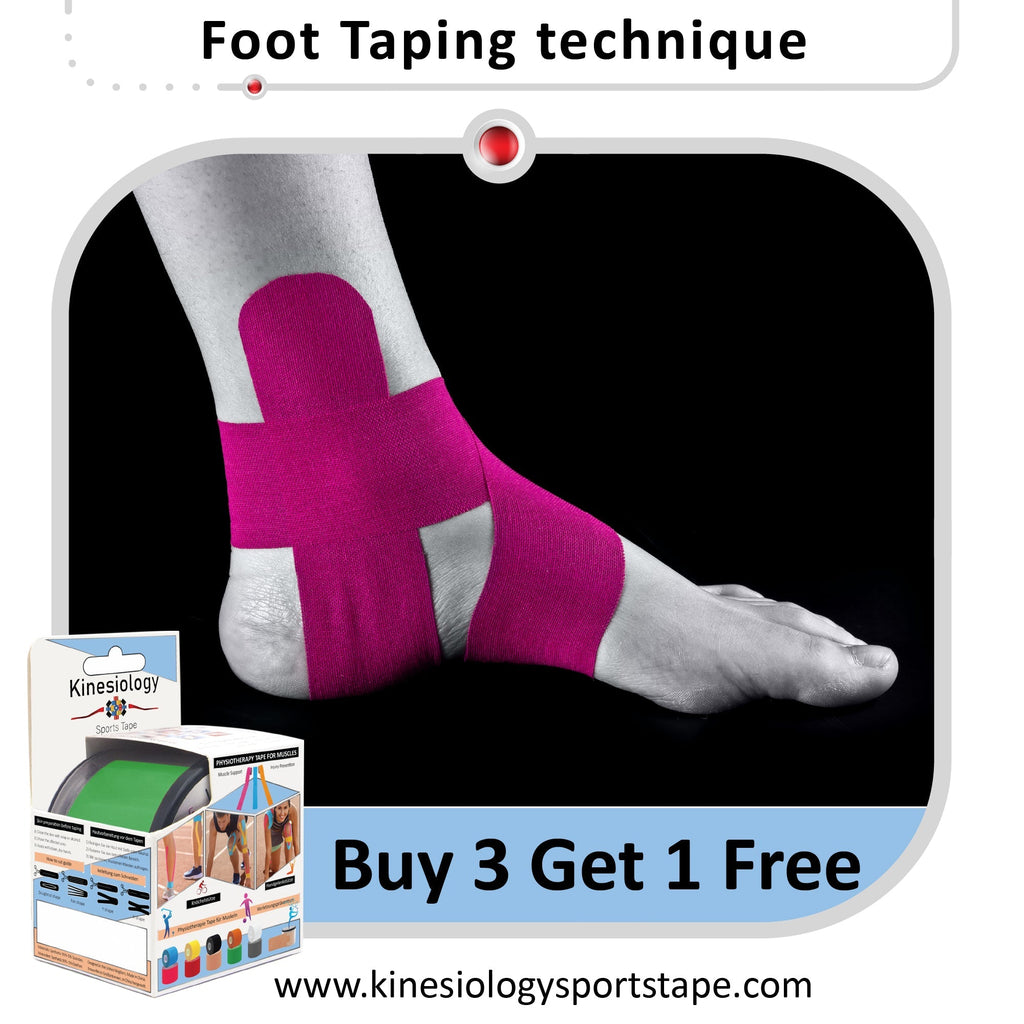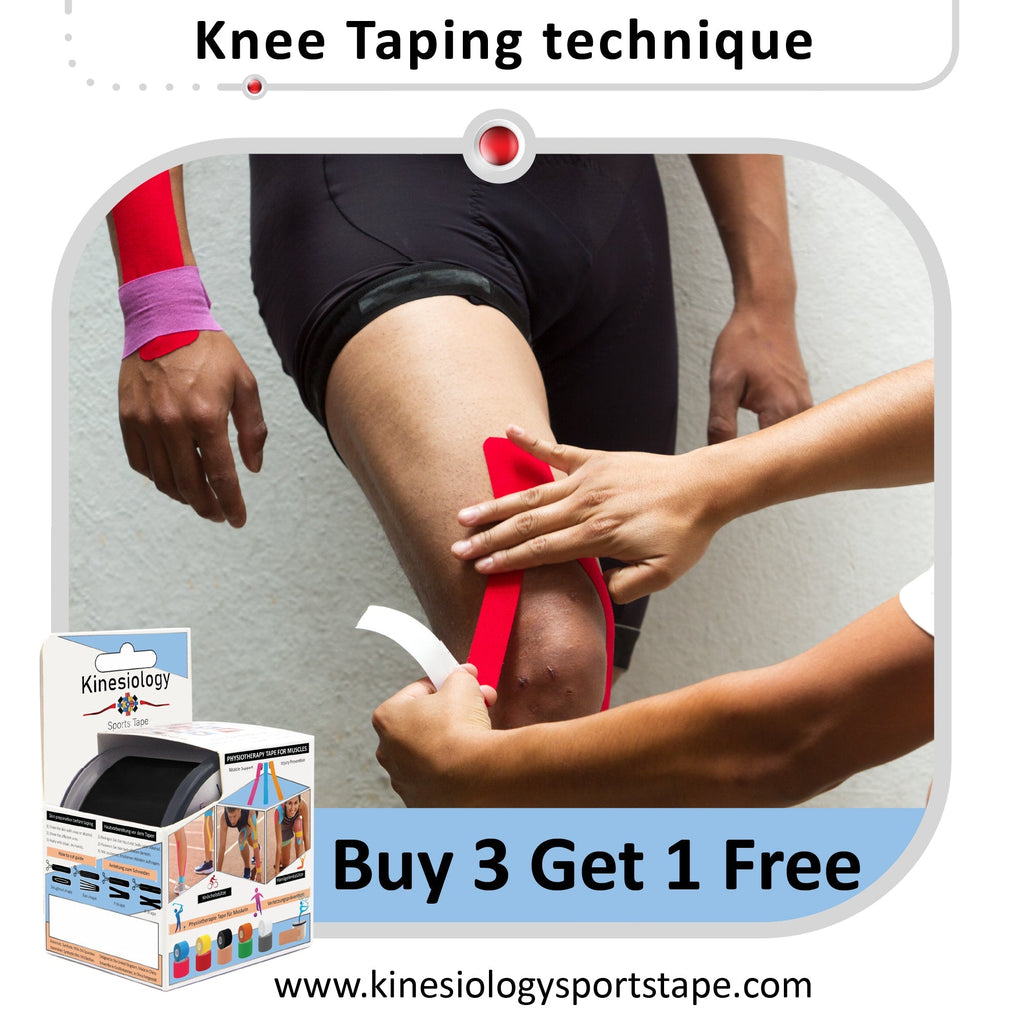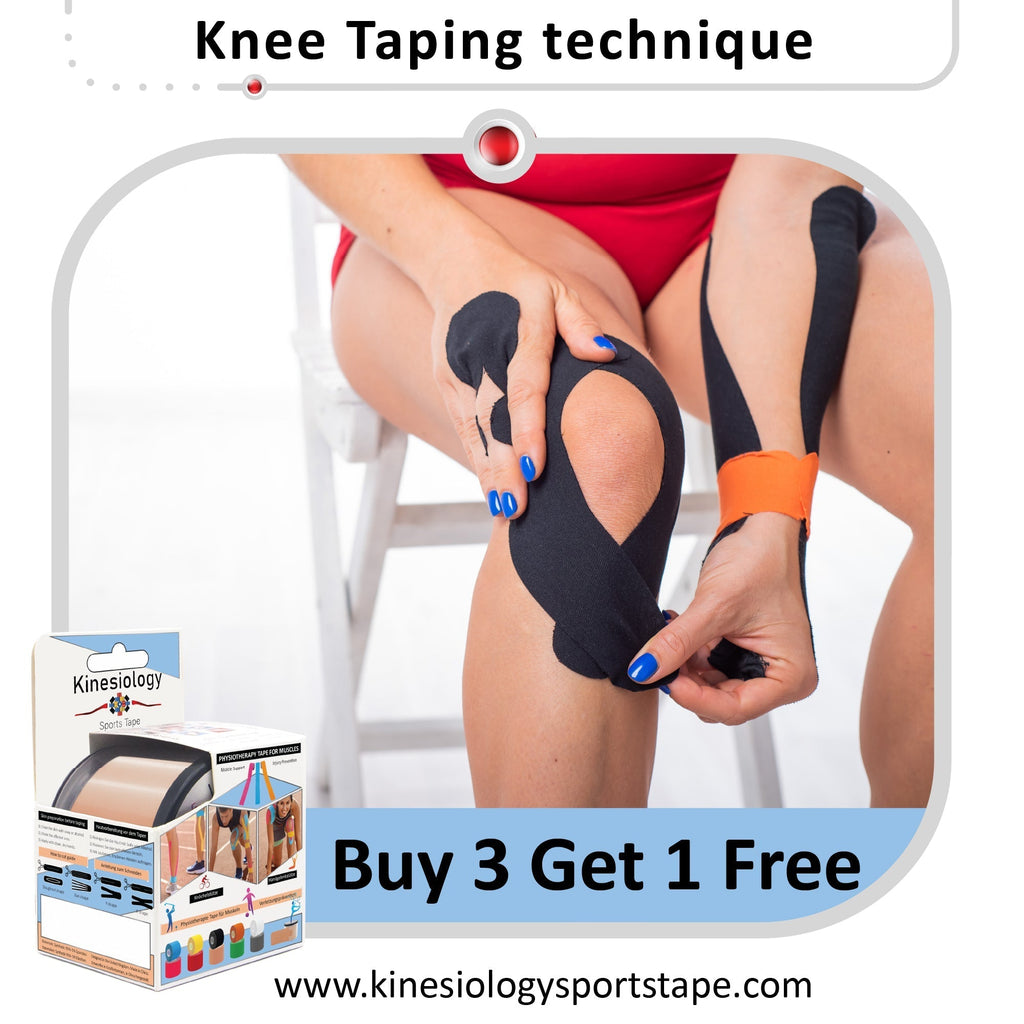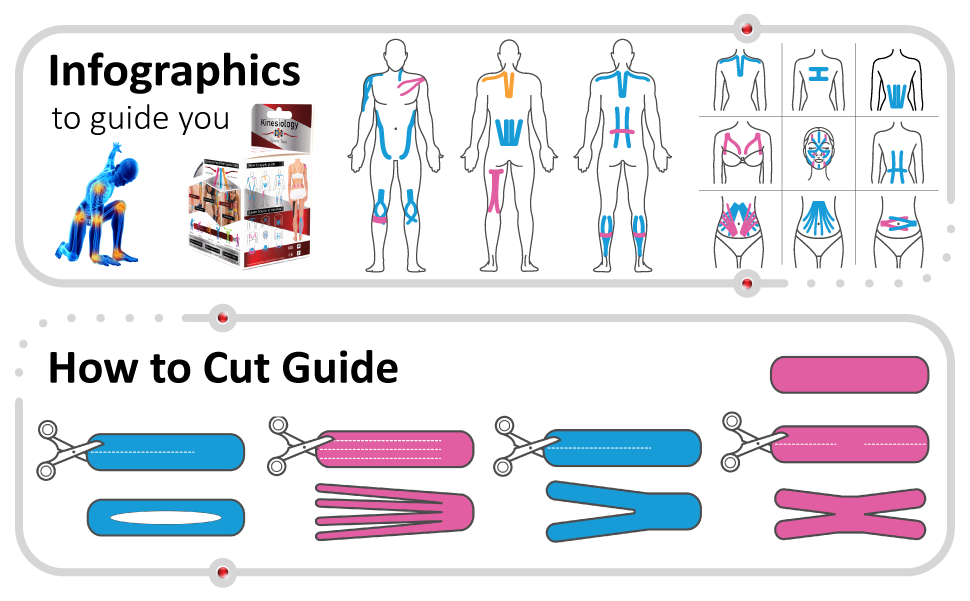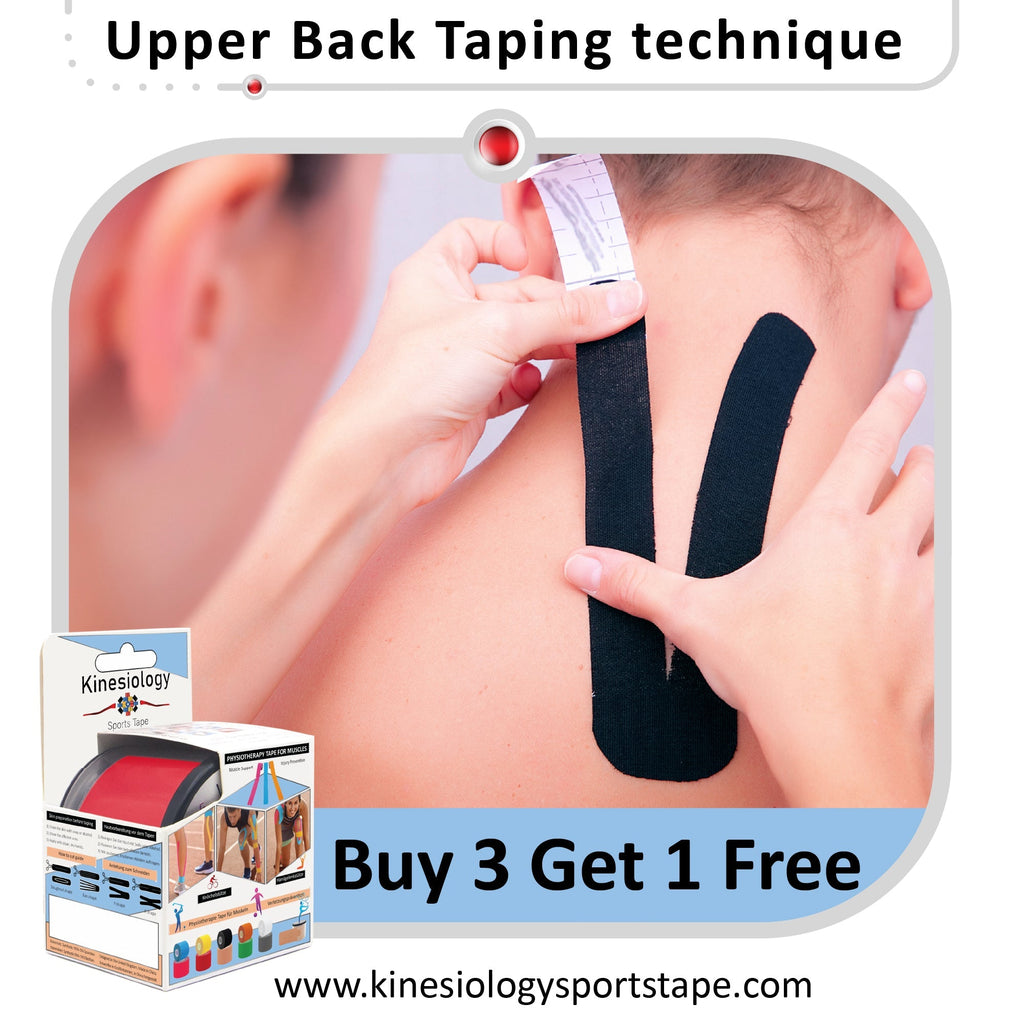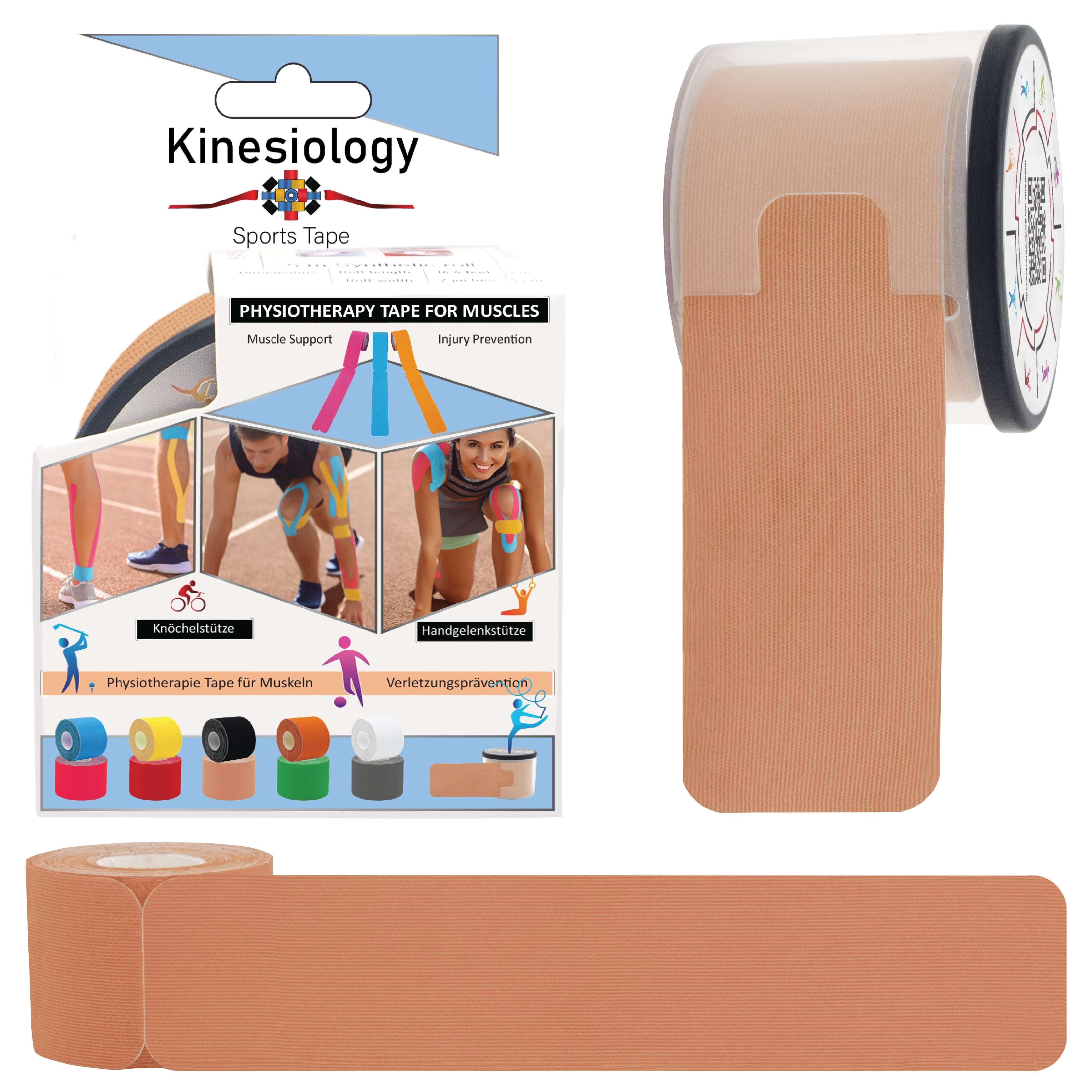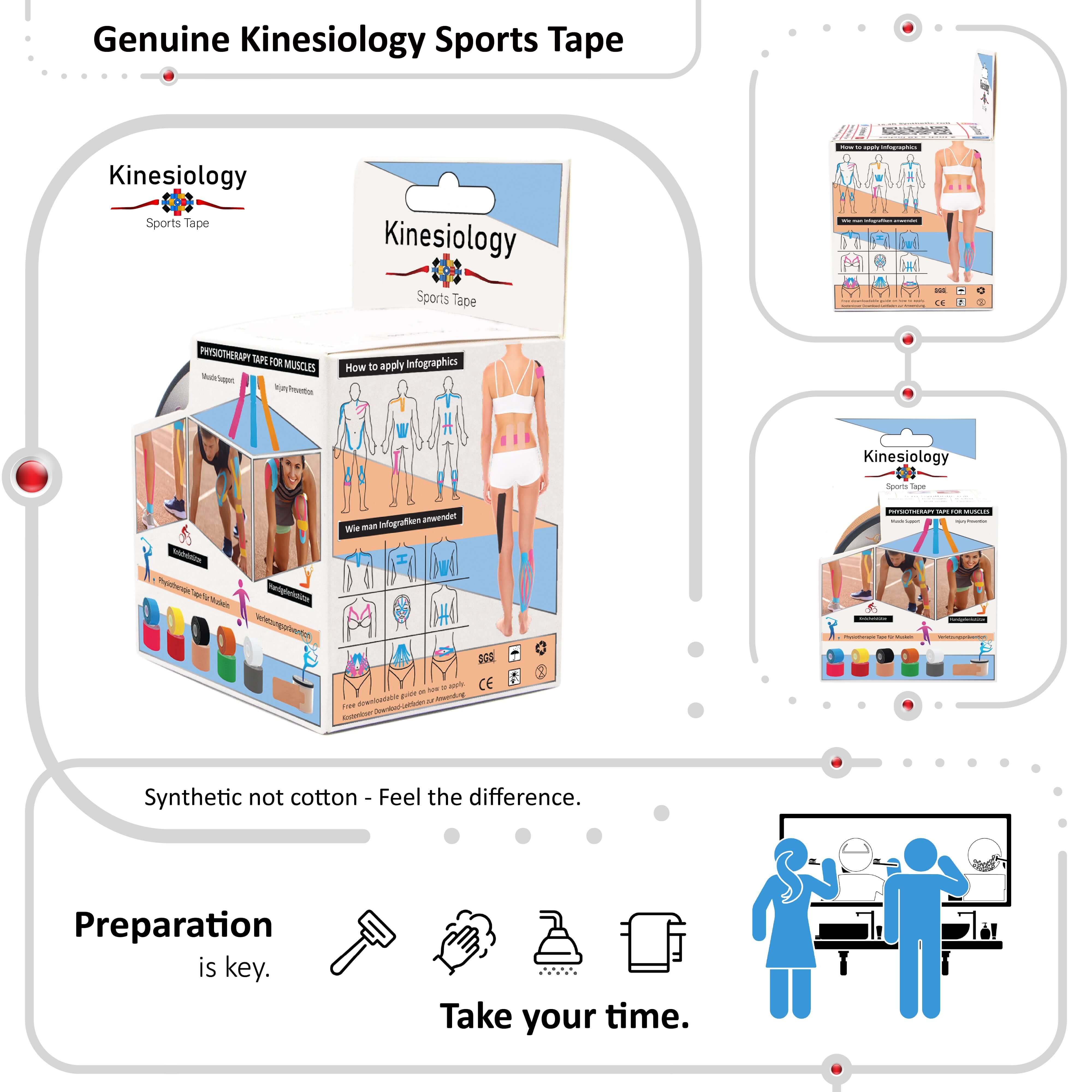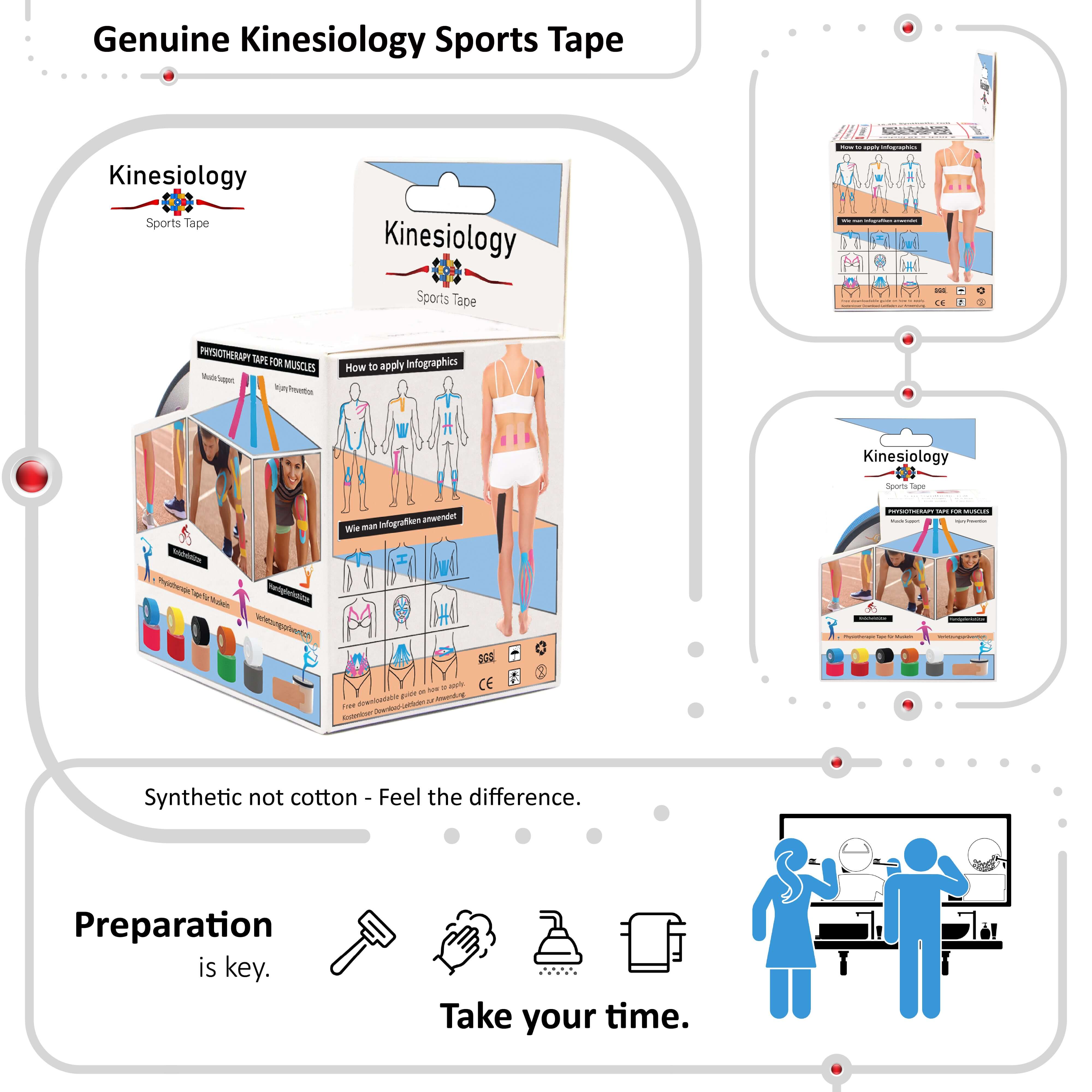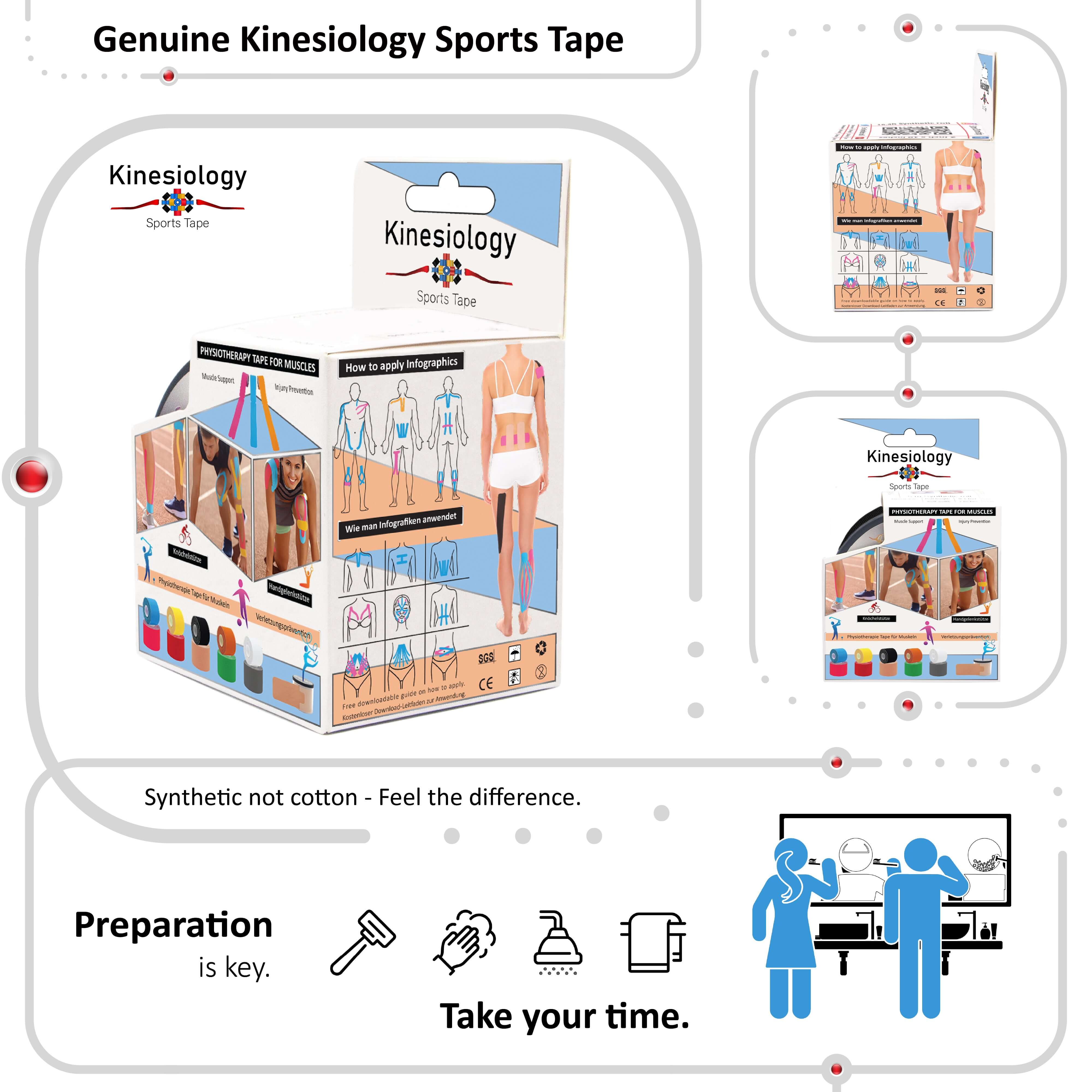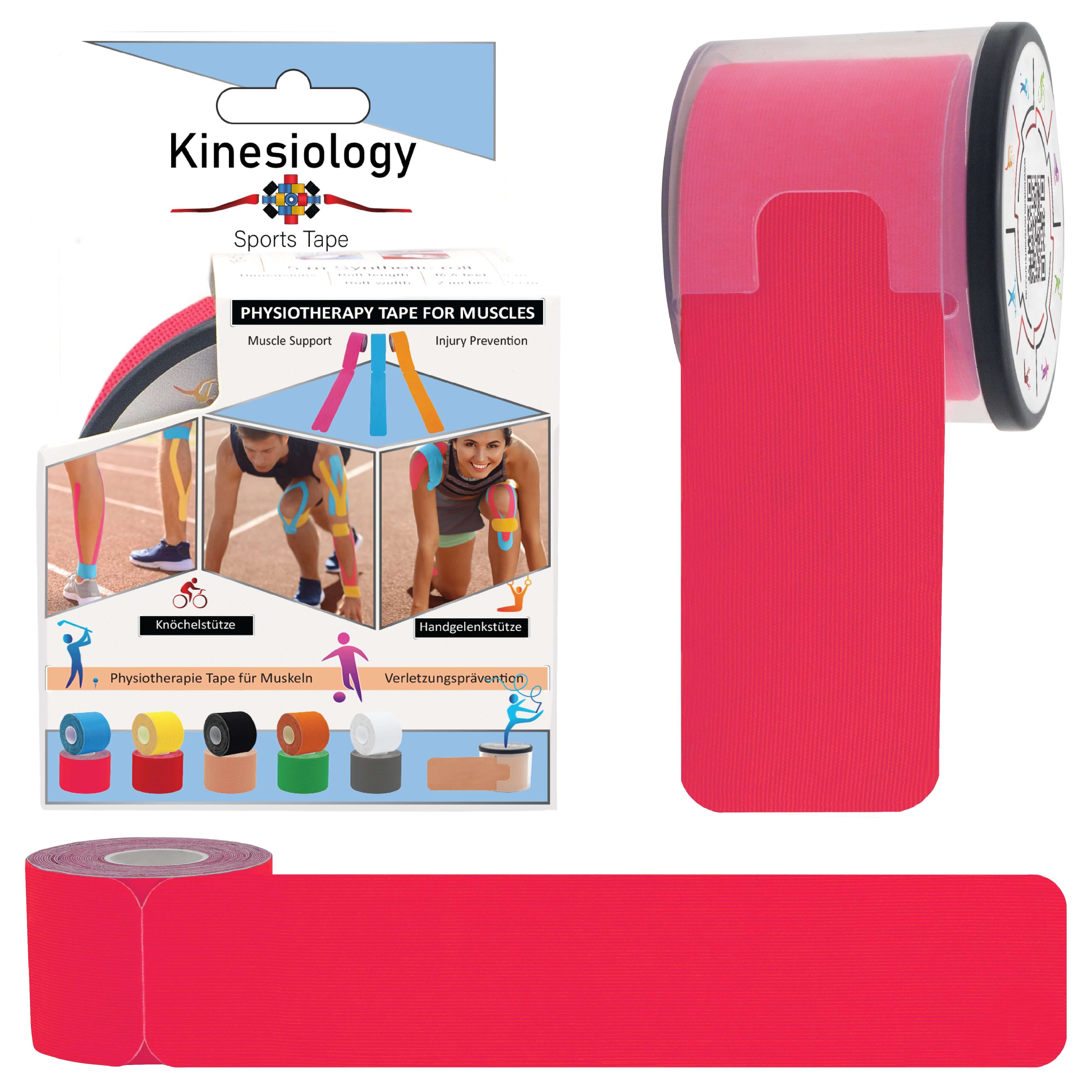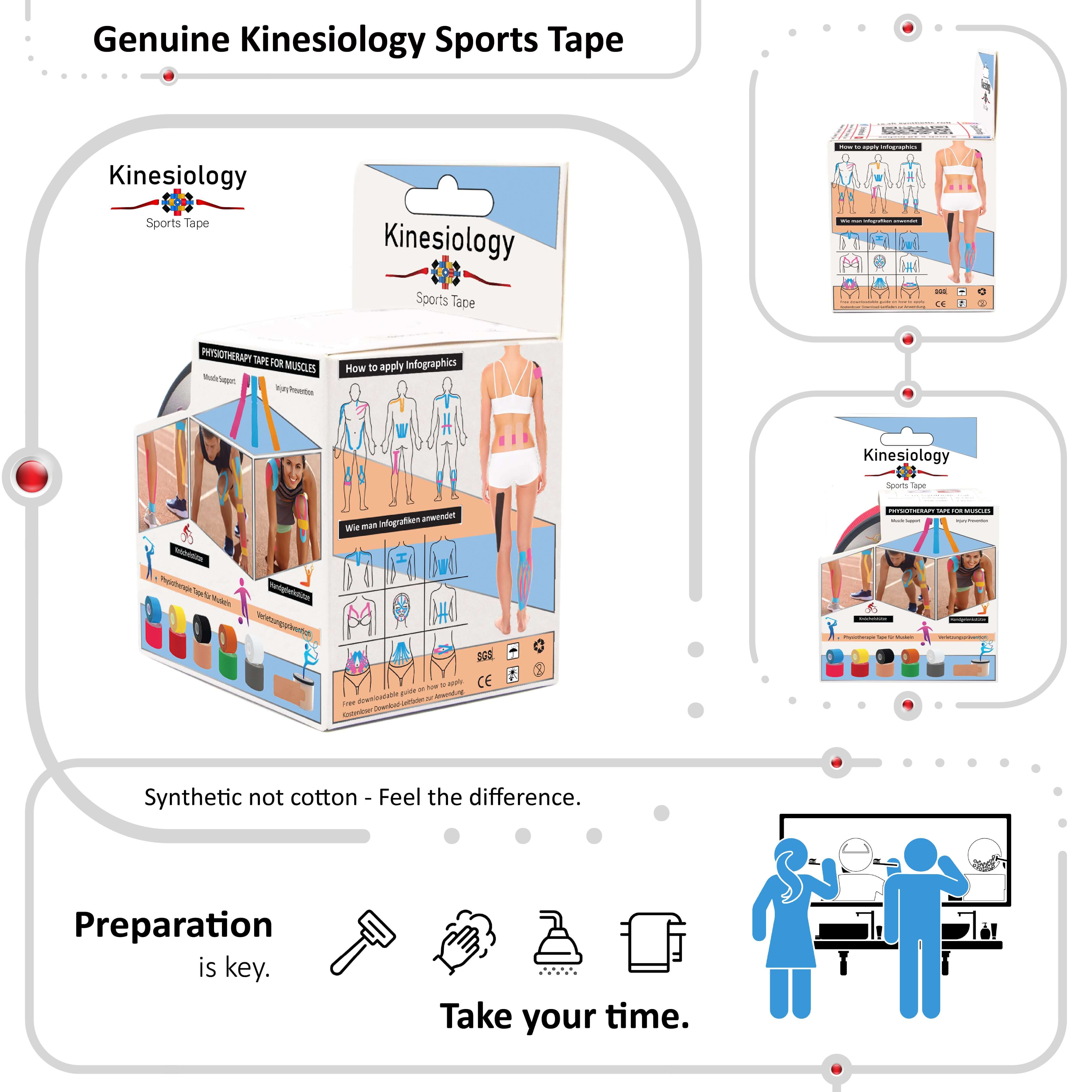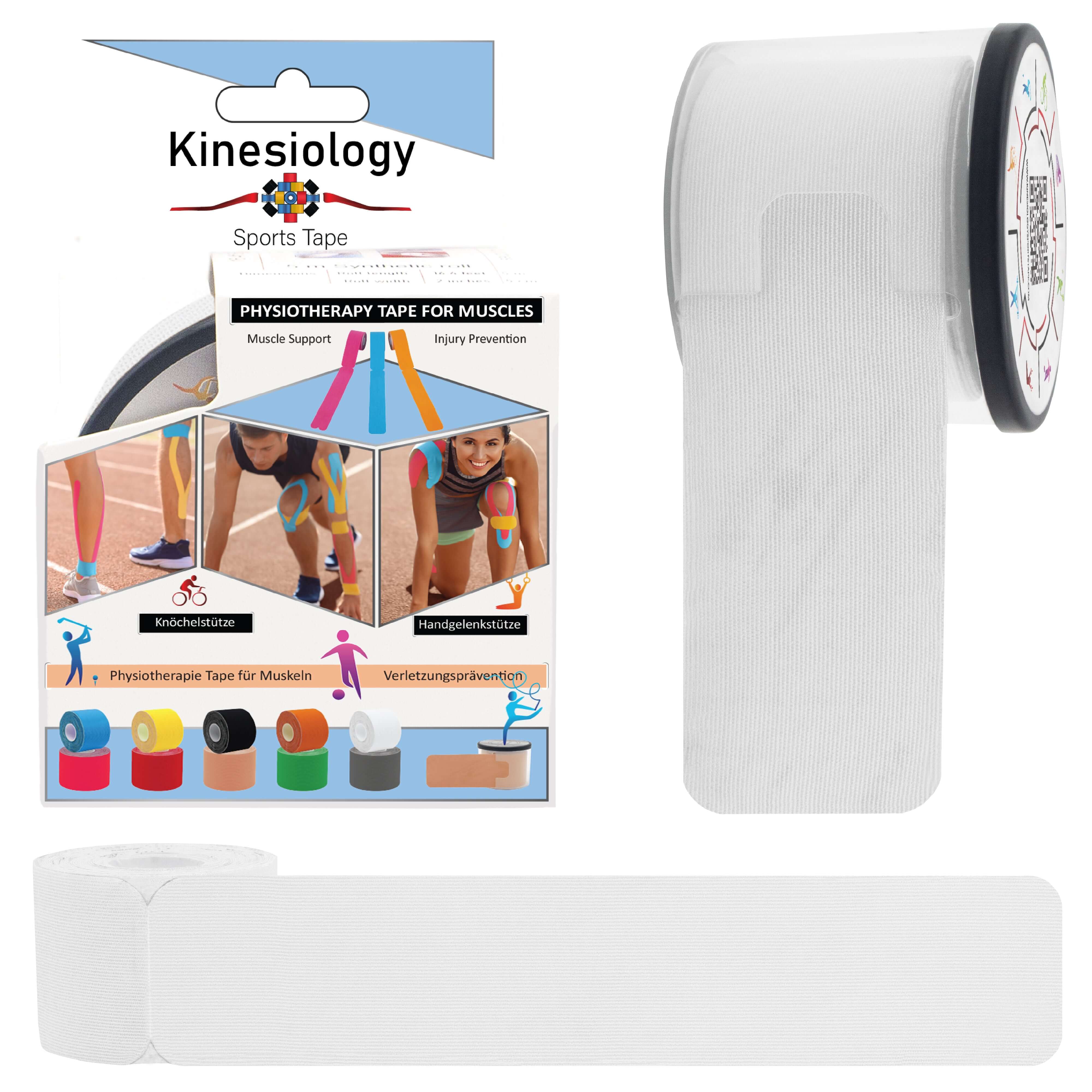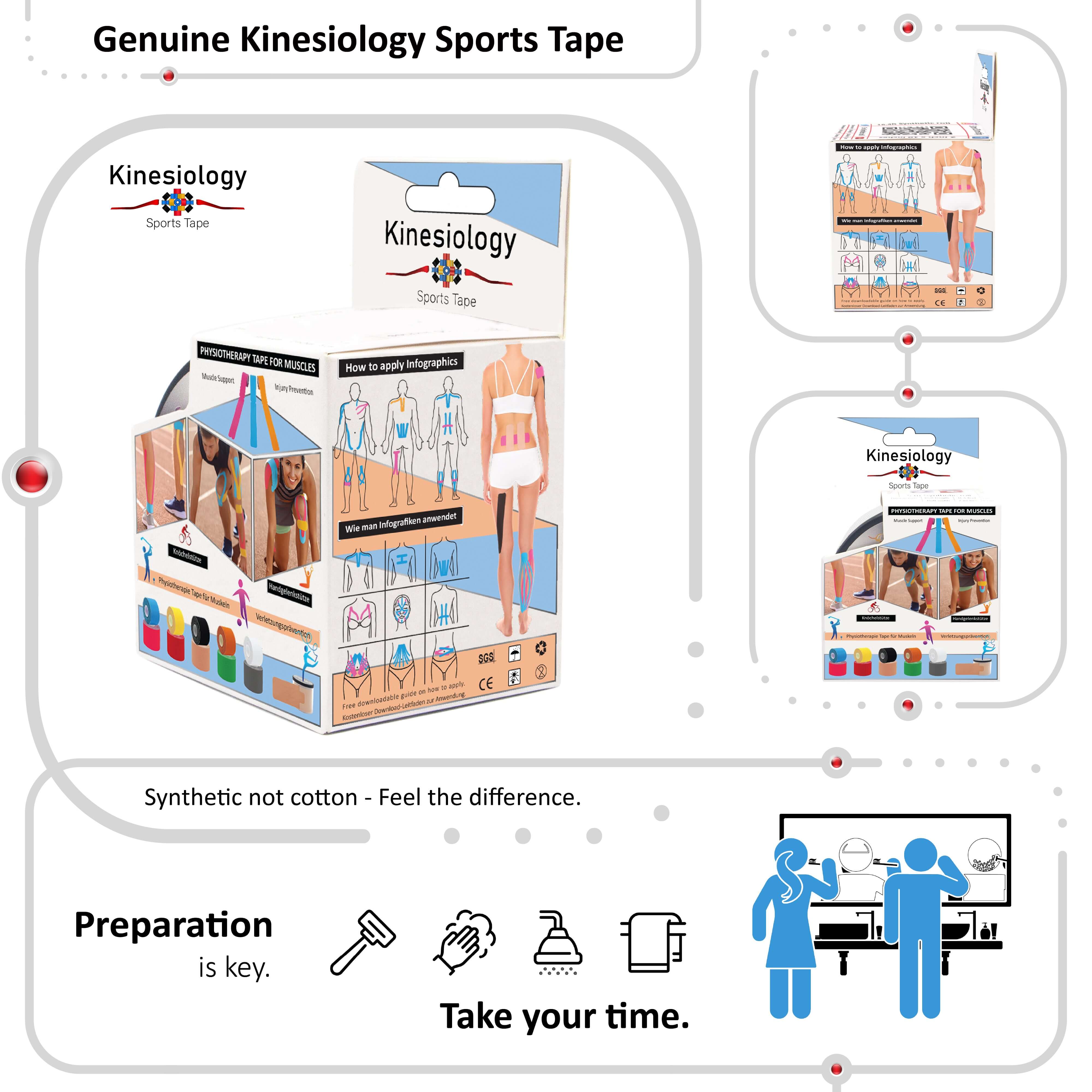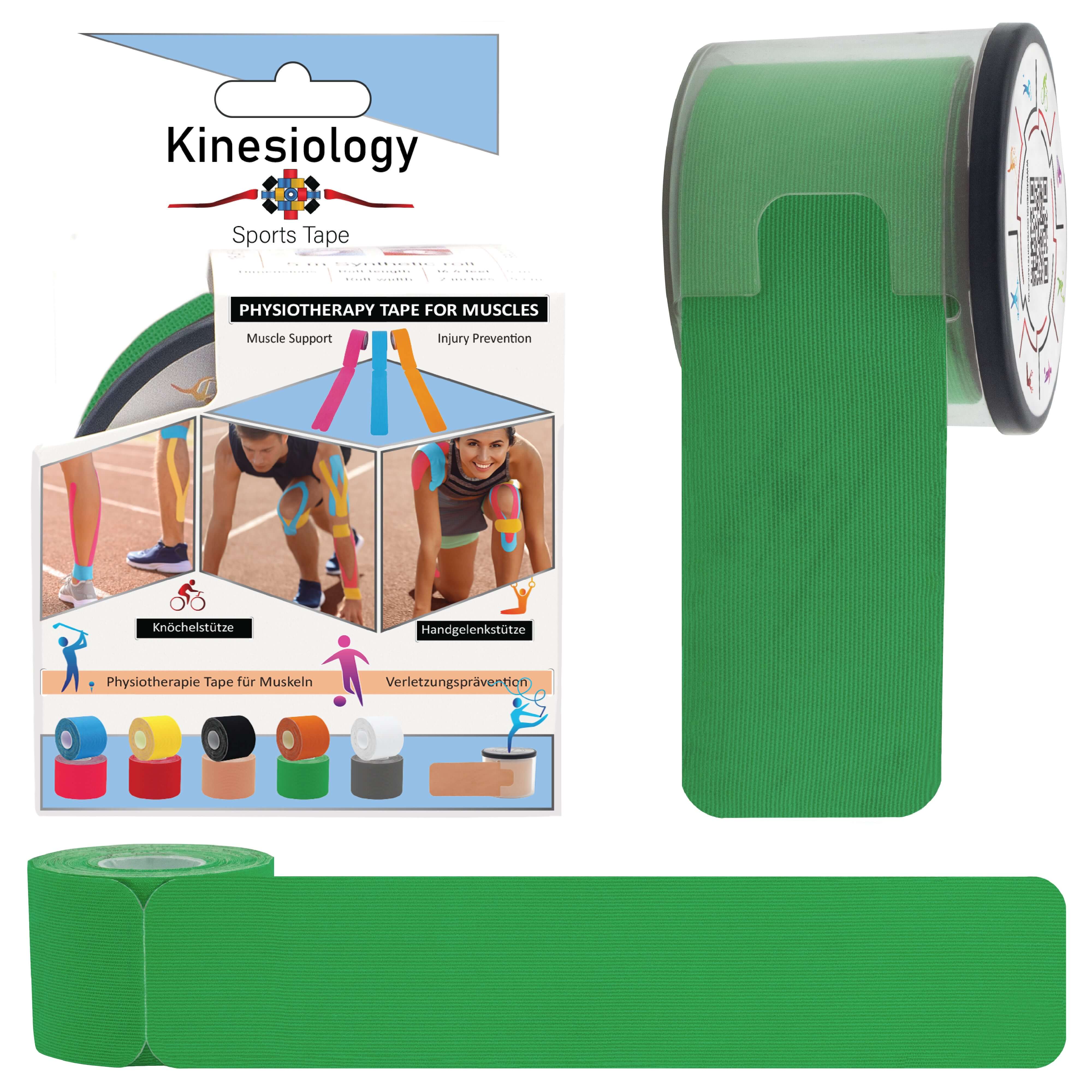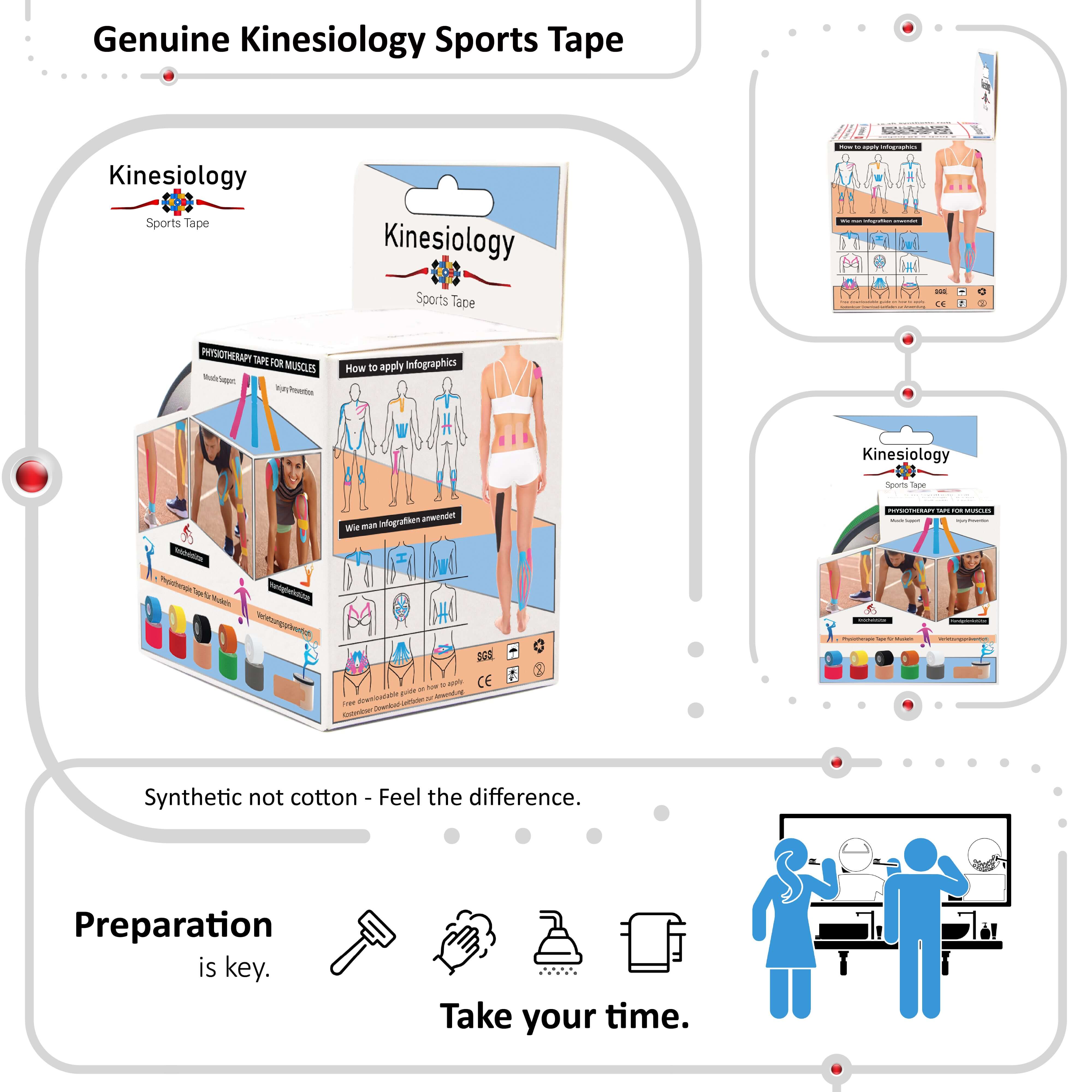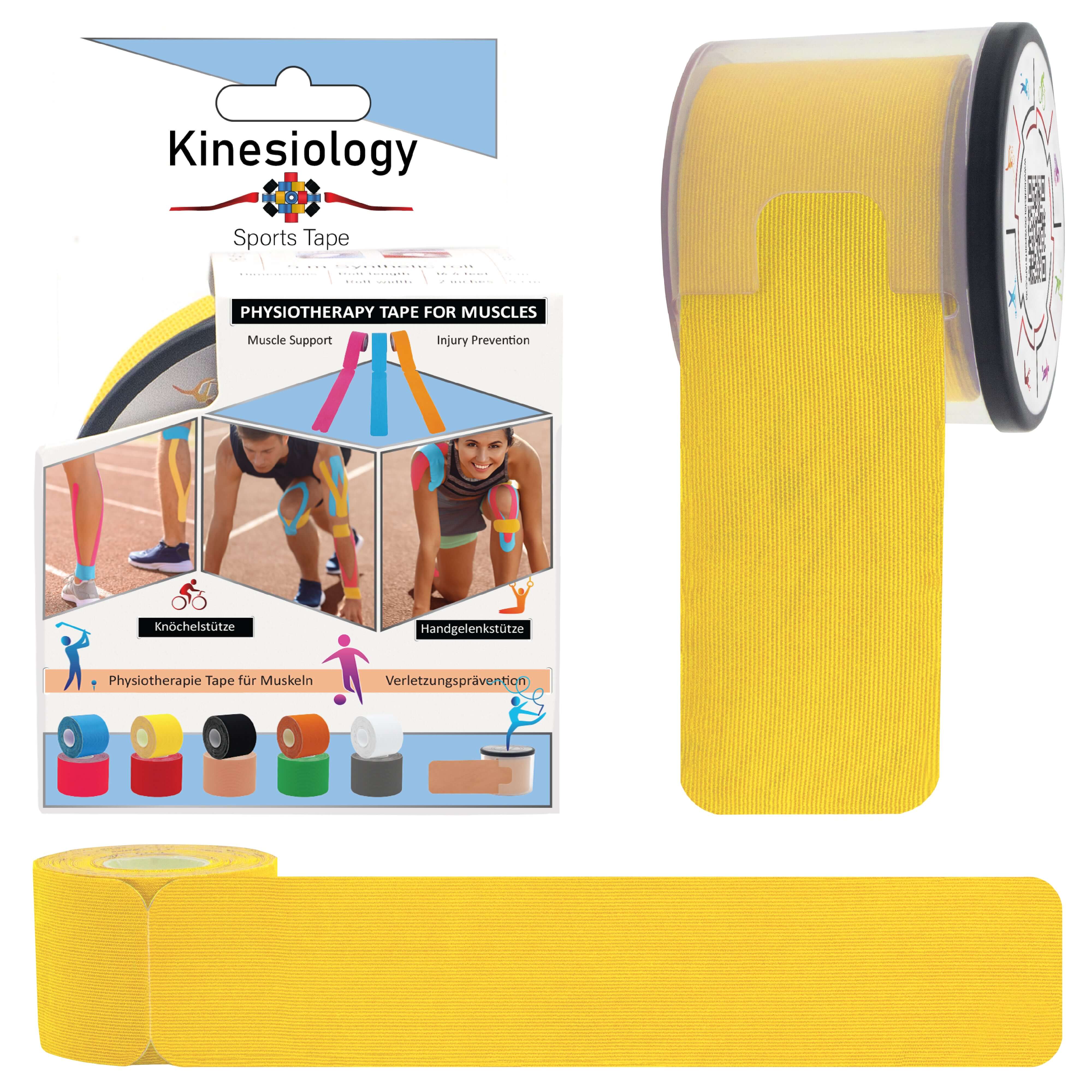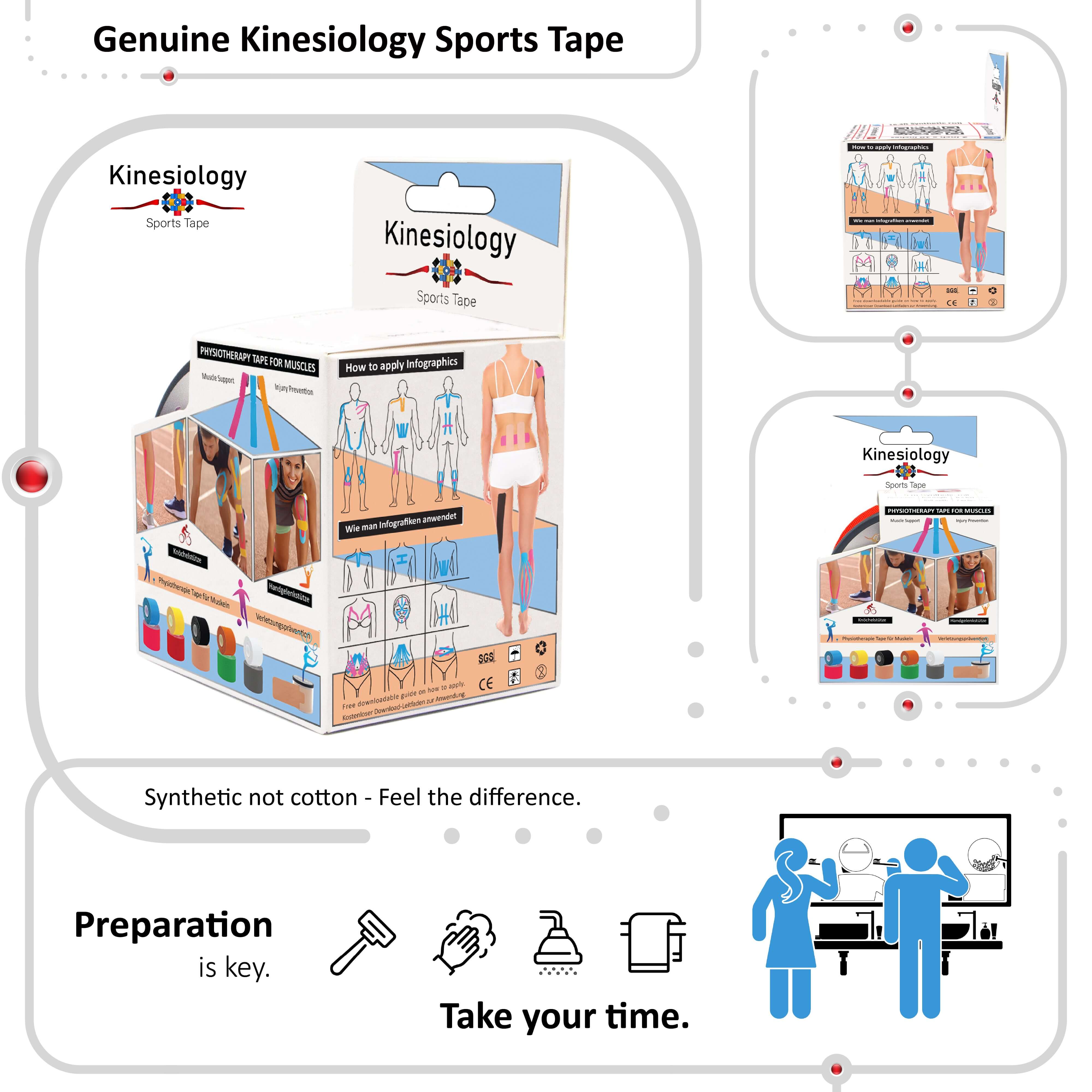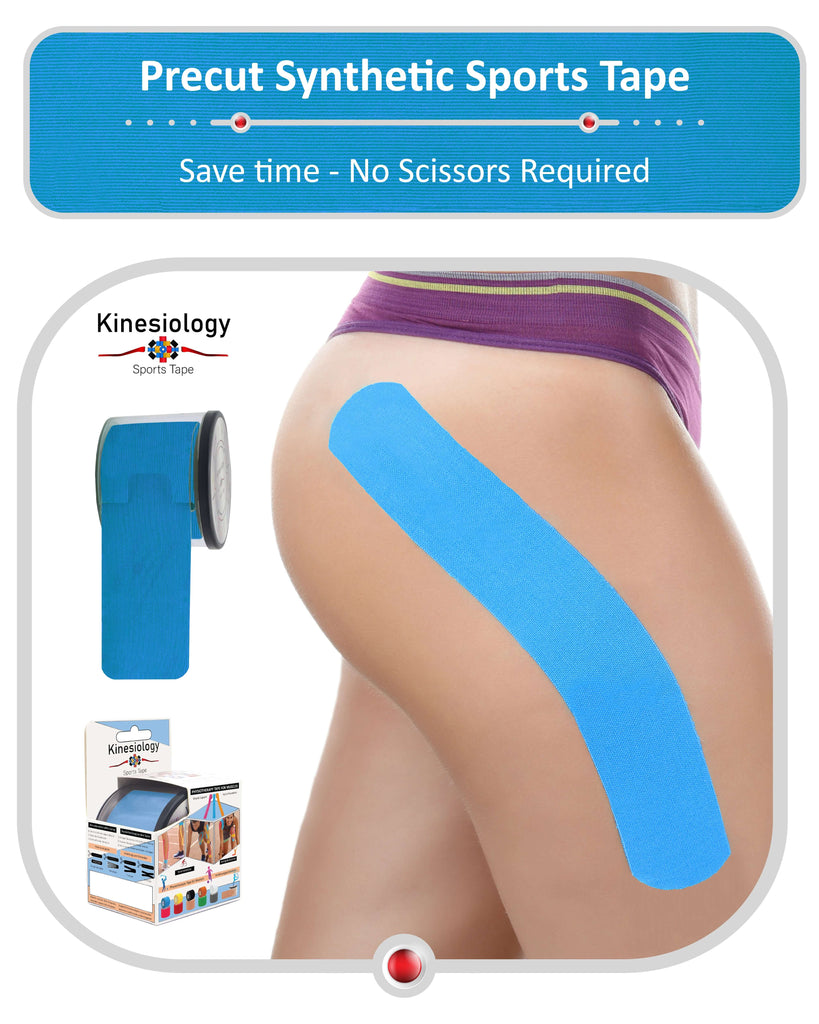
Kinesiology Tape for Beginners

Kinesiology tape, with its vibrant colors and growing popularity, has piqued your curiosity. You've seen it on athletes, maybe even your neighbor, but what exactly is it, and can it benefit you? This beginner's guide dives into the world of kinesiology tape, explaining its potential uses, application basics, and what to expect.
What is Kinesiology Tape?
Imagine a thin, stretchy adhesive tape designed to mimic human skin. That's kinesiology tape! It allows for a full range of motion while potentially providing gentle support, improved circulation, and sensory input to the taped area. While the colors are eye-catching, they don't affect the tape's function.
Why Use Kinesiology Tape?
Kinesiology tape offers a drug-free approach to potentially address various concerns, including:
- Pain relief: Kinesiology tape may help manage pain from muscle soreness, joint pain, and even headaches by potentially reducing inflammation and improving circulation.
- Improved performance: Athletes use kinesiology tape to potentially enhance proprioception (body awareness) and reduce muscle fatigue, leading to better performance.
- Injury prevention: The tape may provide support to weak areas, potentially improving stability and reducing the risk of injuries.
- Recovery: Kinesiology tape application may promote blood flow and reduce swelling, aiding the healing process after injuries.
Important to Remember:
- Not a magic solution: Kinesiology tape is a complementary therapy, not a replacement for medical diagnosis and treatment. Consult a healthcare professional for any pain or injuries.
- Application is key: Proper application techniques are crucial for maximizing the benefits of kinesiology tape. Consider consulting a physical therapist or athletic trainer for personalized instruction.
Getting Started with Kinesiology Tape:
Ready to explore kinesiology tape? Here's a beginner's guide to get you started:
- Gather your supplies: You'll need kinesiology tape, scissors (optional, for rounding corners), rubbing alcohol to clean the application area, and a towel for drying.
- Identify your target area: Whether it's a sore knee, a tweaked shoulder, or lower back pain, pinpoint the area you want to address.
- Prep the area: Clean the application area with rubbing alcohol and pat it dry. Moisture can affect the tape's adhesion.
Basic Application Techniques:
There are various application techniques, but here are two common approaches to get you started:
- I-Strip application: This offers general support and pain relief.
- Relax the muscle you're targeting.
- Gently stretch the muscle slightly while applying moderate tension to the tape as you roll it onto the skin.
- Apply both ends of the tape with no stretch for optimal adhesion.
- Y-Strip application: This targets specific points or improves range of motion.
- Apply the anchor end of the Y-shaped tape at the origin or insertion point of the muscle (where the muscle connects to the bone).
- The branches of the Y should follow the muscle belly without applying tension to the tape.
Learning More:
The internet offers a wealth of resources for beginners! Here are some helpful options:
- Online tutorials: Numerous websites and video platforms offer visual demonstrations of kinesiology tape application techniques for various conditions.
- Kinesiology tape manufacturer resources: Many kinesiology tape brands provide application guides and instructional videos on their websites.
What to Expect:
Once the tape is applied, here's what to keep in mind:
- Kinesiology tape can typically be worn for several days depending on your activity level and skin sensitivity.
- Removal: Gently peel off the tape in the direction of hair growth. You can use some baby oil to ease the process if needed.
- Listen to your body: Kinesiology tape shouldn't cause discomfort. If you experience any pain or irritation, remove the tape and consult a healthcare professional.
The Takeaway:
Kinesiology tape offers a beginner-friendly tool you can explore for pain relief, improved performance, and potentially faster recovery. By understanding the basics, applying the tape correctly, and listening to your body, you can embark on your kinesiology tape journey!

